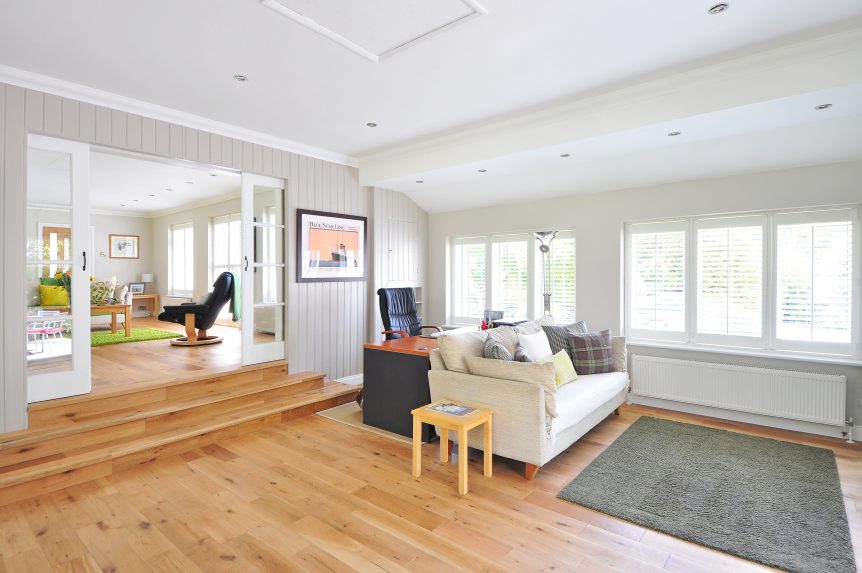
3 Common Traps in Melbourne Townhouse Development, and How To Avoid Them
Having been in the property development industry for well over a decade now, we’ve seen the good, the bad and ugly when it comes to practices from advisors, designers and builders.
For those newer to the industry, many of these less desirable ways of working may seem reasonable. Normal even. This is where those who are committed to extra research, like you, will be rewarded.
So let’s talk about some of the less obvious, but the common traps Melbourne property developers may find themselves in.
- The real estate trap
We’ve said it before and we’ll say it again – the site you choose for your development is primarily responsible for the success of your project.
A great site is determined by it’s features, or lack of, including:
- Location
- Size
- Shape
- Frontage
- Slope
- Orientation of the land
- Neighbouring properties
- Easement and verge items
- Overlays
We go into more detail about selecting the perfect Melbourne development site here.
The fact is however, that most real estate agents are not experienced property developers. And even though a site can be developed (i.e. it’s the right size and the council will allow it), doesn’t mean it should be.
Lesson: When searching for sites, do not rely on your real estate agent to do your due diligence for you. Even if a site is advertised as a development opportunity, it doesn’t mean that it is a good one.
Do your own research, and then speak to an experienced team like delcon who can prepare a Feasibility Assessment.
- The Feasibility Trap
Unfortunately some of the worst practises we’ve seen in the industry have been from other builders or design and construct teams.
In more cases than we can count, clients have come to us after a surprise revised quote from another builder. The initial estimate worked with their budget and goals, however the revised quote renders the project less than feasible.
The problem here is not that revisions are a part of the process. The problem is when we look into it, it’s glaringly obvious that the previous builder was never going to be able to deliver on the initial estimate.
Given the benefit of the doubt, this means the builder thought they could deliver – which shows a serious lack of competency.
The alternate, more likely scenario, is that the builder knew the initial pricing was never going to work and they were using this tactic for a quick sign when the client compared it to a few other quotes and found them significantly cheaper.
Lesson: If it seems too good to be true, it’s probably too good to be true. Compare costs, and get all your questions answered. Ask your builder on why they’re charging, or not charging for certain things. And do not be shy in asking to speak to previous clients.
- The Buildability Trap
Not all building designers are great at multi-unit development projects, even if they’re great at design.
Designing a luxury custom home is a very different beast to designing multiple properties on one site, ensuring you’re maximising livability, space and meeting council regulations.
Using someone with experience with the complexity of multi dwelling construction, versus someone who’s a custom home designer very often leads to multiple revisions, extra fees and of course, extended holding costs.
Lesson: Utilise a building designer, or design and construct firm, that have proven multi-unit experience both in your council, and with property similar to the one you want to build. The difference could ultimately be tens of thousands of dollars in your pocket.
Looking to develop property in Melbourne?
Get in touch for a free consultation, today.
Call 1800 335 266, or email us info@delcon.net.au

